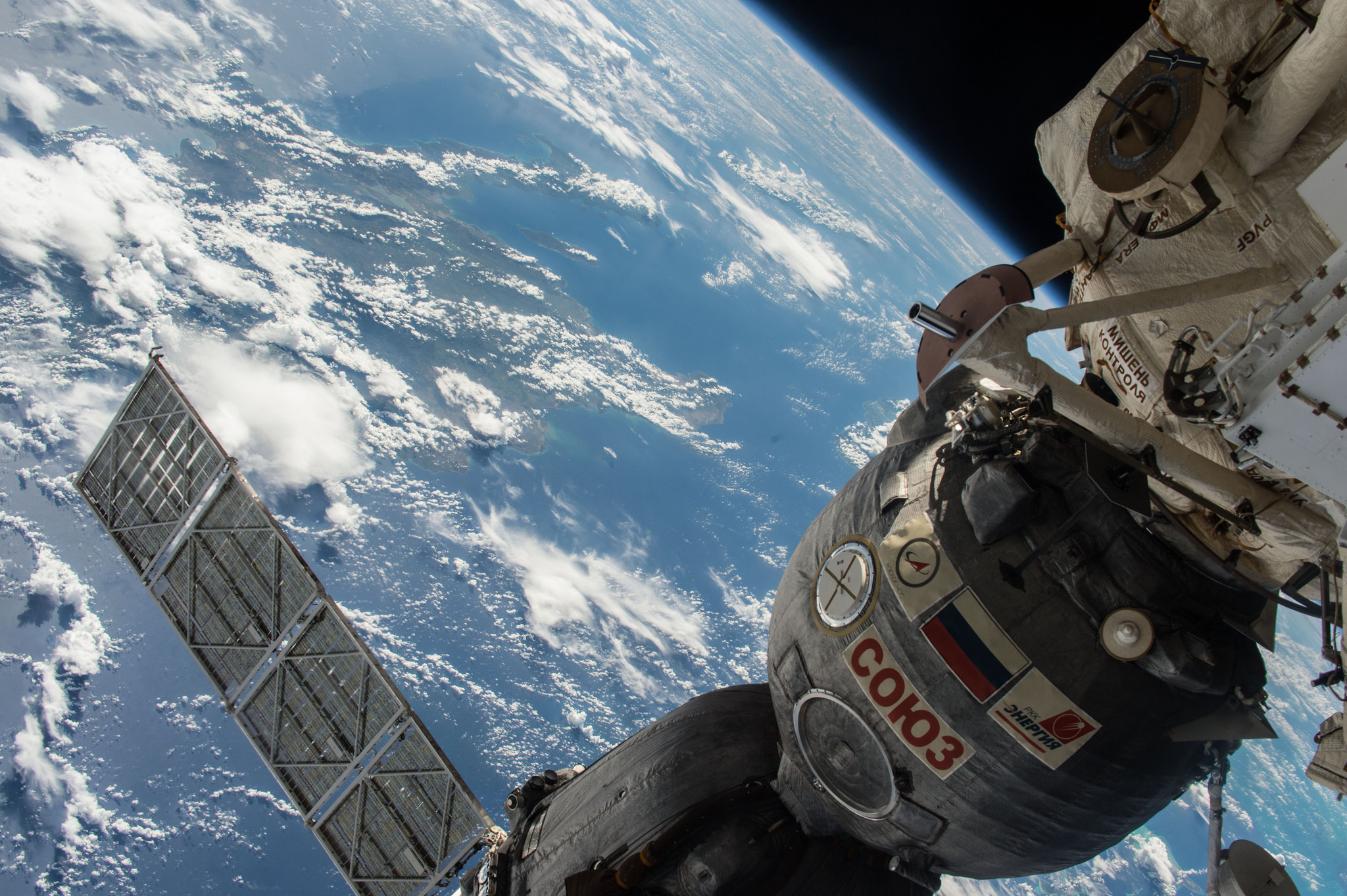
Особое настроение вызывают снимки ближайшего космоса, которые публикуют космонавты, Роскосмос и NASA на своих страницах в Instagram. Продолжаю традицию и делюсь с вами умопомрачительными фотографиями из космоса:
Комментарии (15)
unnk2004
15.11.2015 22:20-3Как по мне, так МКС все больше превращается в сверхдорогой спутник по аэрокосмической съемке Земли. Кто-нибудь знает фамилии космонавтов, которые сейчас находятся на станции? Или какой-нибудь научный проект, выполненный на станции и имеющий реальную пользу? Лично я нет. На содержание станции уходят огромные деньги, которые можно бы было потратить на запуск спутников/роверов/телескопов к другим объектам солнечной системы, которые принесли бы гораздо больше научной пользы.

CAJAX
16.11.2015 00:37+9Келли. Проверяют как за год на МКС изменится его тело и сравнят с его братом близнецом на земле. Это пригодится для догого перелета к Марсу.
Даже в википедию не ходил.unnk2004
16.11.2015 10:51-3Да, но МКС находится на очень низкой орбите 300-400км, где естественный радиационный фон минимален. При этом давно известно, что основной проблемой при полете на Марс (с точки зрения угрозы здоровью и жизни) является радиоактивное излучение Солнца. Так что, на мой взгляд, большой пользы от эксперимента с Келли не будет. Космонавты уже находились на орбите по полгода и раньше. Будь это реальная симуляция полета к Марсу, МКС вывели бы на более высокую орбиту. Но кому захочется облучаться?

Stalker_RED
16.11.2015 22:26+1По вашей логике, если вы выяснили основную проблему, то все остальные уже незначительны?
unnk2004
17.11.2015 09:54-2А какие остальные проблемы помогает решить МКС?

SelenIT2
17.11.2015 21:18-1Длительная невесомость, на минутку?
unnk2004
17.11.2015 22:04Влияние длительной невесомости на организм уже давно изучено. Космонавты более года проводили на орбите (полет на Марс занимает 8-9 месяцев).

SelenIT2
18.11.2015 10:05-1уже давно изучено
Ну вот «контрольного экземпляра» с идентичным генотипом до сих пор у «подопытных» не было. Мелочь, априятпознавательно…
полет на Марс занимает 8-9 месяцев
В одну сторону.unnk2004
18.11.2015 10:43-2Да, но на Марсе будет гравитация, пусть и меньше чем на земле. Поэтому я рассматриваю полет как два отдельных по 9 месяцев.
Я не буду спорить, конечно на МКС что-то изучают и эти данные имеют свою научную пользу. Просто последние годы все самые уникальные данные приходят от роботов: тысячи детальных снимков с Марса, посадка на комету, фотографии Плутона и других далеких объектов солнечной системы, снимки невероятно глубокого космоса с телескопа Хаббла и т.д.
А человек на Марсе? Что он сможет сделать там такого, чего не сможет робот?

SelenIT2
17.11.2015 21:21Да, примерно втрое меньше, чем на пути к Марсу (если прицельно не накроет мощной вспышкой, конечно). Если VASIMR и вправду допилят до состояния, позволяющего долететь до Марса за пару месяцев — год на МКС как раз будет неплохим аналогом пути туда-обратно по накопленной дозе…

r00tGER
17.11.2015 22:13+2Я на стороне космических агентств.
Их позиция объективная, а ваши доводы полны предрассудков о неэффективных научных бюджетах.unnk2004
17.11.2015 22:35Ваше право. Но о пользе МКС задумываюсь не только я. Об этом же говорят некоторые российские астрономы.
Вы говорите что это предрассудки, но сравните количество данных поступаемых с Curiosity и МКС. К слову, на деньги, затрачиваемые на МКС можно бы было запустить 50 таких роверов.

SpiritOfDarkDragon
17.11.2015 16:34+3Ну как же не знать такой замечательный сайт:
http://www.howmanypeopleareinspacerightnow.com/
А вот тут:
http://www.esa.int/Our_Activities/Human_Spaceflight/International_Space_Station/Highlights/International_Space_Station_panoramic_tour
Можно посмотреть, как много у ребят камер. Они очень любят снимать.



link26
Перевода не хватает местами.